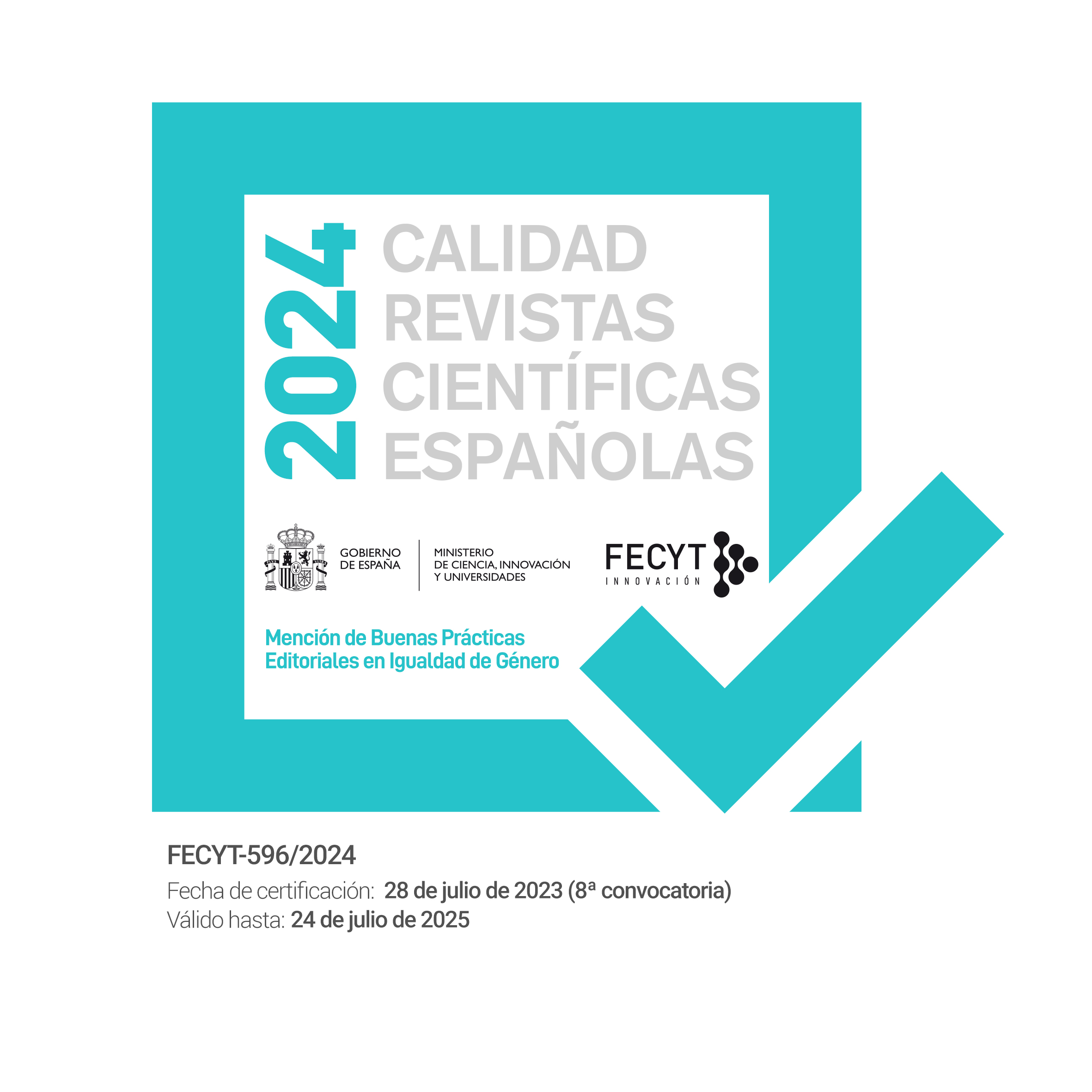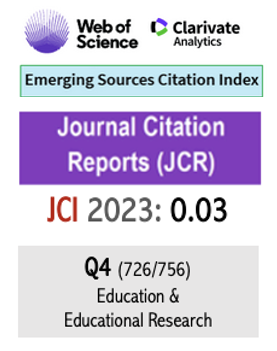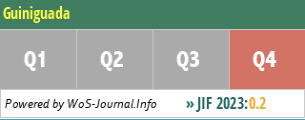La cultura aborigen de Gran Canaria. Una experiencia didáctica
Keywords:
Cultura Aborigen, Cueva Pintada, Arqueología, Agáldar, Estudio de Caso, Visita didáctica, Gran Canaria, Educación Secundaria, Aboriginal cultura, Archeology, Case study, Educational visit, Secondary educationAbstract
-Este artículo presenta un proyecto didáctico materializado en las aulas del Centro Educativo San Juan Bosco de Las Palmas de Gran Canaria y destinado a presentar, por medio tanto de sesiones teóricas como prácticas, una Unidad Didáctica dedicada a la Cultura Aborigen de Gran Canaria. Así mismo, mediante la explicación de esta Unidad se persiguen otros innovadores objetivos didácticos. En primer lugar, ofrecer al alumnado un estudio de caso, encarnado en el yacimiento arqueológico de La Cueva Pintada, con la intención de dotarles de una visión concreta y realista de su objeto de estudio. En segundo lugar, y a través de una metodología amena y práctica, introducir el estudio de la ciencia arqueológica en el aula, abogando por el justo reconocimiento de su valor didáctico, así como por la necesidad de incorporar esta disciplina al currículum de la Educación Secundaria Obligatoria. Y en tercer lugar, y como trasfondo de los objetivos anteriores, estructurar el conjunto de actividades y explicaciones desarrolladas en el aula tomando como idea rectora la necesidad de preparar al alumnado para protagonizar con éxito la visita al propio yacimiento de la Cueva Pintada, lo que demostraría las grandes ventajas didácticas de planificar una salida de campo.
-The purpose of this study is to explain an educational project, embodied in the classrooms of San Juan Bosco Education Center, which intends to present, through theoretical and practical sessions a teaching unit dedicated to the Aboriginal Culture of Gran Canaria. Also, by explaining this Unit other innovative and useful learning objectives are pursued. Firstly, I plan to give my students a case study, embodied in the archaeological site of “La Cueva Pintada” in order to provide them with a concrete and realistic vision of this object of study. Secondly, and through an entertaining and practical methodology, I try to introduce the study of archeology in the classroom, advocating, reconditioning its educational value and showing the need to incorporate this discipline into the curriculum of ESO. And thirdly, I have structured a set of activities and explanations developed in the classroom taking as the guiding
principle the need to prepare my students for the visit to the site of “La Cueva Pintada”, demonstrating the educational advantages of planning a field trip.
Downloads
Downloads
Published
How to Cite
Issue
Section
License
Authors who publish with this journal agree to the following terms:
- Authors retain copyright and grant the journal right of first publication with the work simultaneously licensed under a Creative Commons Attribution License that allows others to share the work with an acknowledgement of the work's authorship and initial publication in this journal. You can not make a commercial use of the work. The use derived from the work is also not allowed.
- Authors are able to enter into separate, additional contractual arrangements for the non-exclusive distribution of the journal's published version of the work (e.g., post it to an institutional repository or publish it in a book), with an acknowledgement of its initial publication in this journal.
- Authors are permitted and encouraged to post their work online (e.g., in institutional repositories or on their website) prior to and during the submission process, as it can lead to productive exchanges, as well as earlier and greater citation of published work (See The Effect of Open Access).















